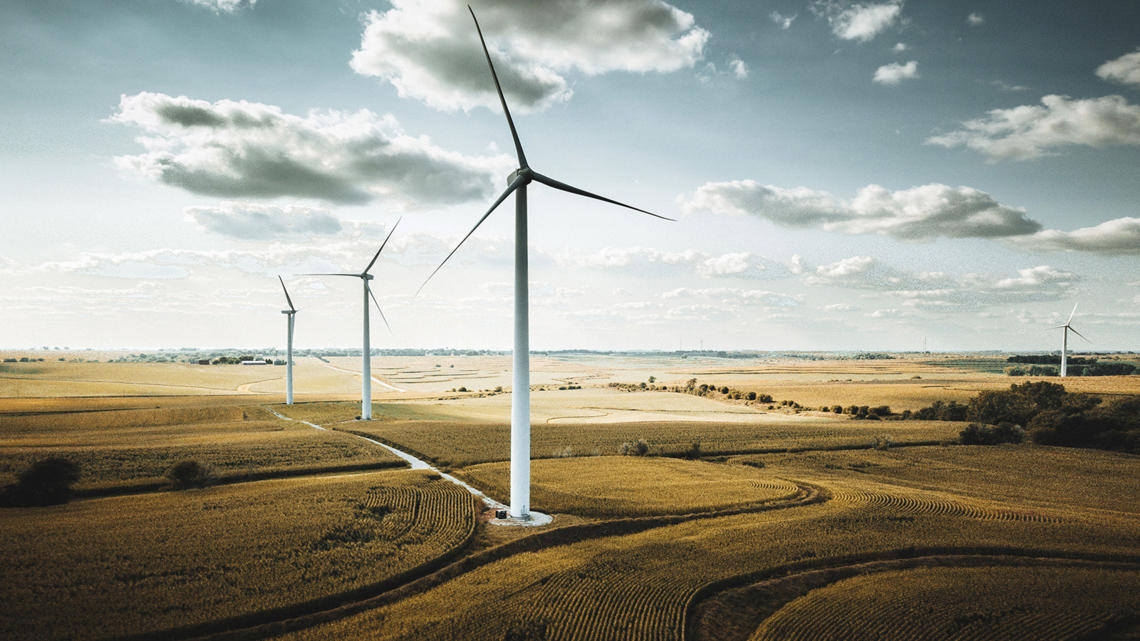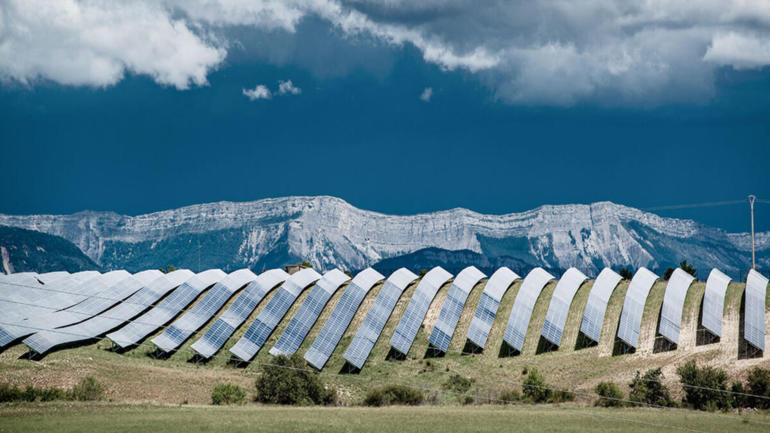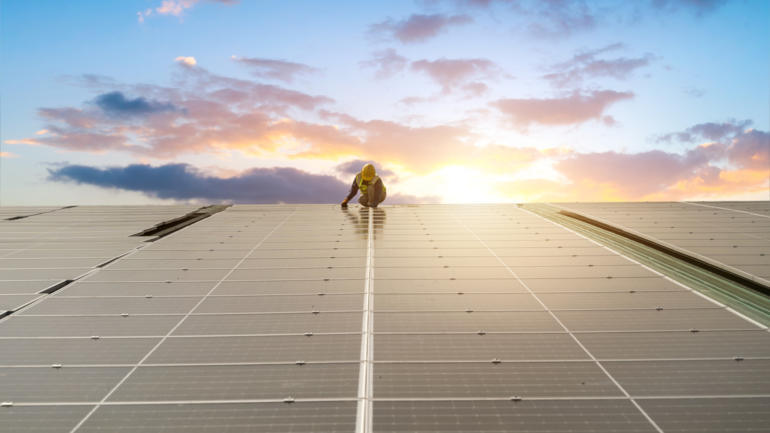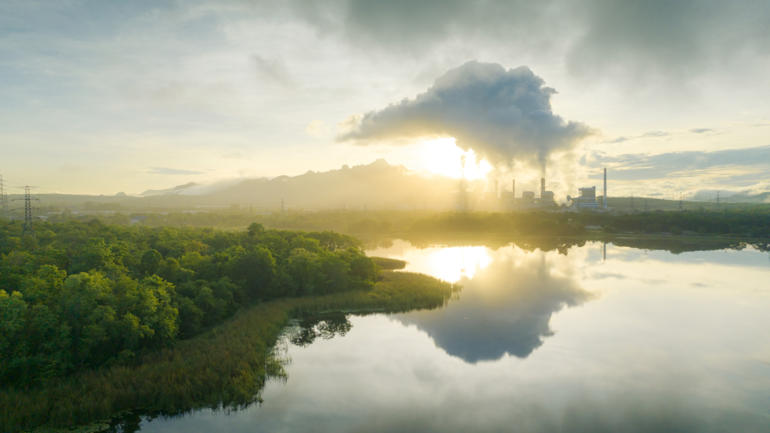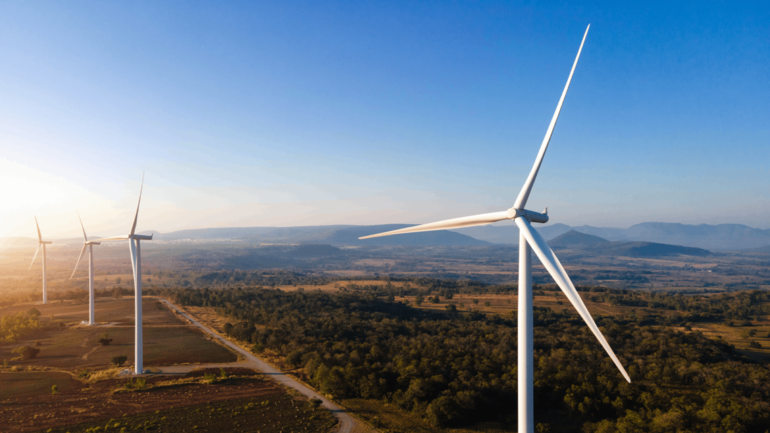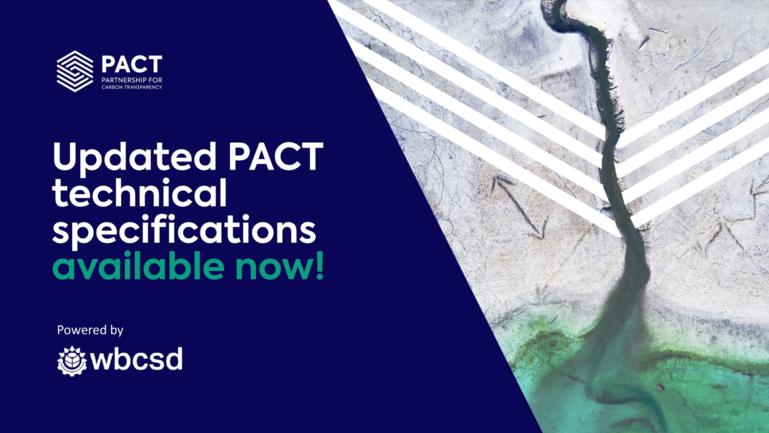In David and Goliath, journalist Malcolm Gladwell identifies a dilemma that individuals and societies run into time and again. Summoning the image of an inverted U-curve, he notes that “there is a point at which money and resources stop making our lives better and start making them worse.”
The idea that “more” can lead to “less” would seem counterintuitive to the 1.6 billion people who may have lost their livelihoods as a result of the COVID-19 pandemic. Yet it is the obsession with returning to “normal” that should be viewed most skeptically. The system that brought us to this point was highly abnormal by any reasonable standard. It has been undermining our health, exhausting our natural resources, destroying plant and animal species, and heating up the planet, all to benefit a shrinking minority at the expense of everyone else.
This deeply unbalanced system has now brought us close to the breaking point, after years of grappling with climate change, biodiversity loss, rising inequality, and other escalating crises. It should come as no surprise that these problems have all converged during the pandemic, given that they are closely intertwined. The good news is that so, too, are the solutions.
The relative speed with which most segments of society have mobilized in response to the pandemic offers hope for the future, because it shows that we are still capable of a radical shift when circumstances demand it. Now, we need to bring the same urgency to the task of decarbonizing our economies, a process that will yield far-reaching benefits for our health and well-being, and spare us from the inverted U.
During the COVID-19 lockdown phase, many of us experienced things we had long since forgotten: clean air; fish in urban waterways; birds, bees, and butterflies alighting on uncut suburban parks and gardens. By year’s end, greenhouse-gas emissions will likely have fallen an unprecedented 8%, which is more than the 7.6% annual reduction that scientists say is necessary over the next ten years in order to limit global warming to 1.5°C above pre-industrial levels.
But economy-wide lockdowns obviously are not the solution to the climate crisis. In fact, there is only one way to keep a handle on climate change: sustained decarbonization. The pandemic represents a once-in-a-lifetime opportunity to replace systems that have turmoil and instability “baked in” with new models in which equality, sustainability, and socioeconomic justice take priority.
Like COVID-19, extreme weather and other risks stemming from climate change are high-probability, high-impact threats, which means there is no excuse for inaction. Measures that are eminently affordable today will be exponentially costlier in the future. In spending unprecedented amounts to support economies through the pandemic, governments around the world are expected to incur up to $20 trillion in debt just within the next two years. That spending will determine the shape of the global economy for decades to come, and if it isn’t directed wisely, future generations will be saddled with a far larger bill.
The only responsible course of action, then, is to design recovery measures so that they will bring us closer to a low-carbon, high-resilience economy. It is time to use public resources for the public good, by investing in clean industries (which will create new jobs), education, and resilient infrastructure.
There is a growing consensus in support of this approach. The International Energy Agency, for example, has advised governments to invest in sustainable energy and eliminate fossil-fuel subsidies, noting that reducing emissions is a labor-intensive process that will create jobs. Similarly, the International Monetary Fund has called for not only green-oriented fiscal-stimulus packages and an end to fossil-fuel subsidies, but also scaled-up carbon taxation.
Moreover, public support for climate action has never been higher. In April, a multi-country Ipsos poll found that 71% of adults “agree that, in the long term, climate change is as serious a crisis as COVID-19 is,” and that 65% support climate-oriented policies in the economic recovery. Around 80% of respondents in India, Mexico, and China agree that it is important for the recovery to be green.
A growing number of corporate leaders also want public funding to have green strings attached, because they recognize that such conditions will help to restart the economy and avert even larger crises in the future. In the United Kingdom, for example, a coalition of 200 business leaders called on the government to pursue a green recovery, and the Chancellor of the Exchequer responded by committing resources to labor-intensive energy-efficiency measures for buildings and electric-vehicle infrastructure. Likewise, after urging by 180 business leaders and many others, the European Union has attached green strings to its €1 trillion ($1.17 trillion) seven-year budget and €750 billion recovery fund, and allocated 25% of spending to climate action.
Even heavy-emitting industries, including BP, Shell, Daimler, and Rio Tinto, are continuing to pursue decarbonization strategies through the COVID-19 crisis. As McKinsey & Company recently pointed out, all corporations should be seizing “the moment to decarbonize, in particular by prioritizing the retirement of economically marginal, carbon-intensive assets.”
Finally, the financial sector seems to have recognized its responsibility to help “build back better.” Eight major investment groups – including BNP Paribas Asset Management, DWS, and Comgest Asset Management – are urging corporations to stay focused on decarbonization. And BlackRock, the world’s largest asset manager with $7.4 trillion under management, has pledged to punish the directors of companies that fail to manage environmental risks.
Whether or not we achieve a “V-shaped recovery,” it is clear that we must avoid a return to an inverted-U world. As we climb out of the crater left by COVID-19, we should remain focused on the long term, directing money and resources in ways that will both drive the immediate recovery and usher in a more sustainable, resilient economy.
That means focusing on the roots of economic imbalances and inequalities, so that we can spare the most vulnerable undue suffering and financial hardship. Fortunately, economic and social justice goes hand in hand with decarbonization. A green recovery is a classic win-win solution, and we already have the tools, resources, and technologies to make it happen.
This article was originally published by Project Syndicate

